China Ceramic Museum
The China Ceramic Museum is located in the Cultural Square in the center of Zibo City. On the basis of Zibo Exhibition Hall in April 2001, it was transformed by large-scale investment. It was designed by the Academy of Fine Arts of Tsinghua University. It is a comprehensive modern ceramics museum which integrates exhibition, exhibition, collection, research, sales and social education.
Introduction to Ceramic Museum
Ceramics is the symbol of Chinese civilization. China is the home of ceramics. With its unique charm, Chinese ceramics have spread far and wide and become a bright pearl in the treasure house of world culture and art. The China Ceramic Museum was established with the approval of the relevant state departments. It was carefully designed by Tsinghua University. It covers a total area of 10,000 square meters. It is divided into two parts: display and marketing. The exhibition includes preface hall, comprehensive hall, ancient hall, modern hall, folk hall, high-tech hall, international hall, ceramics hall and high-tech ceramics. It comprehensively displays ceramic relics of various historical periods and Masters'ceramic art works of various ceramics producing areas in China, totaling more than 10,000 pieces (sets). Among them: more than 500 ancient exhibits, focusing on the display of 8000 years, Zibo production, Zibo unearthed and Zibo collection of various ceramic cultural relics. More than 9500 pieces of modern exhibits, including more than 120 representative works of 48 contemporary Chinese arts and crafts masters and 35 Chinese ceramics masters, more than 500 works of art of 50 provincial masters and more than 500 works of art of famous ceramics countries and regions such as the United States, Britain, Canada, Australia, Finland, Japan, Korea, Taiwan, Hong Kong and so on. The business part is mainly composed of the Ceramic Business Department, Ceramic Gift Center and Leisure Ceramic Bar. In the leisure pottery bar, visitors can make pottery on site and enjoy the fun of pottery creation. Entering the Ministry of Ceramic Art Management, we can get a panoramic view of the fine ceramics in the ceramics producing areas all over the country.
Since its opening in September 2002, the China Ceramic Museum has won more and more attention from tourists both at home and abroad for its profound cultural connotation and unique artistic charm. It has received more than 2 million visitors, including Jiang Zemin, Huangju, Wu Guanzheng, Li Tieying, Jiang Chunyun and other party and state leaders, from colleges and universities, as well as primary and secondary school students. It has become the preferred cultural tourist attraction for Zi tourists. One of them is designated by the State Tourism Administration as a national AAAA-level tourist attraction and a national industrial tourism demonstration site.
The exhibition area of China Ceramic Museum is more than 4000 square meters. It shows more than 2500 sets of fine ceramics unearthed, produced and collected in Zibo since the post-Li culture of the Neolithic Age over 8000 years ago, of which 249 are ancient exhibits. The exhibition hall is divided into seven parts: preface area, comprehensive exhibition area, ancient and modern exhibition area, modern exhibition area, Ceramics Creation area, ceramics sales area and exhibition area of Chinese and foreign ceramics Masters'works. Modern exhibits are classified into architectural ceramics, garden art ceramics, sanitary ceramics, household ceramics, art ceramics, modern ceramics, engraved ceramics and high-tech ceramics according to their different uses and artistic styles, showing the highest artistic level and development achievements of Zibo ceramics. Ceramics is the symbol of Chinese culture.
Zibo is the birthplace of Qi culture and one of the five major ceramic producing areas in China. Ceramic production has a long history and plays an important role in China. According to historical records and archaeological excavations, the production of ceramics began in Zibo area as early as the "post-Li culture" period 8,000 years ago. At the beginning of the Western Zhou Dynasty, Qi set up a special "Taozheng" official to manage the production of pottery, and set up a Pottery Workshop in the city of Qidu to specialize in the production of pottery. Around the Wei, Jin, Southern and Northern Dynasties, the production of ceramics in Zibo completed the transition from ceramics to ceramics. During the Tang and Song Dynasties, ceramic production techniques became more and more sophisticated and its scale was expanding.
Visiting the China Ceramics Museum, you will have a deep understanding of the splendid culture of Zibo ceramics for more than 8000 years and the latest development achievements of Zibo ceramics. The understanding of the long history and civilization of the Chinese nation will also be sublimated qualitatively. With the expansion of kiln sites, Zibo has gradually formed its own characteristics and produced a number of influential ceramics, such as celadon, black glaze of Cicun kiln, twisted tires of Boshan kiln and colored porcelain. During the Ming and Qing Dynasties, Zibo ceramics products were of heavy shape, unique decoration and prosperous production and marketing, forming a ceramics production and marketing center represented by Boshan. After the founding of New China, Zibo ceramics, on the basis of inheriting and developing traditional techniques, based on local resources and exploiting and innovating, have developed new kinds of ceramics such as talc, feldspar, quartz and bone. The art of engraving ceramics is unique and has formed a new feature of Zibo ceramics. Daily-used ceramics, art ceramics, industrial ceramics and architectural ceramics have developed in phase. It has been exported to more than 70 countries and regions in the world and has made due contributions to the development of ceramic production technology and ceramic art in China.
The China Ceramic Museum is located in the Cultural Square in the center of Zibo City. It is a comprehensive modern ceramics museum integrating display, exhibition, collection, research, sales and social education.
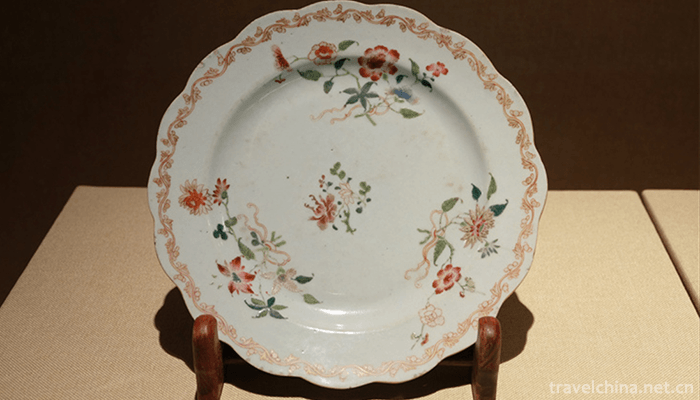

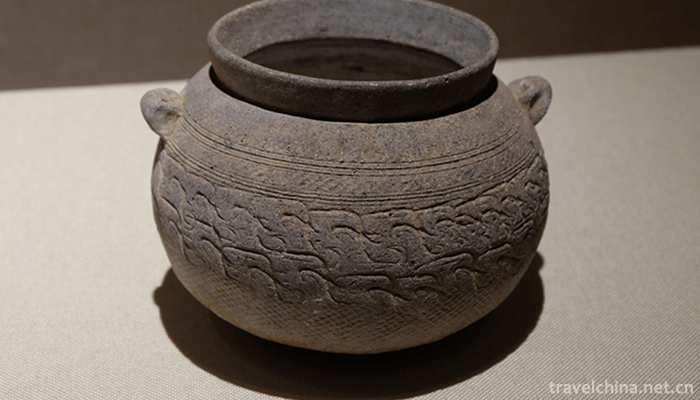
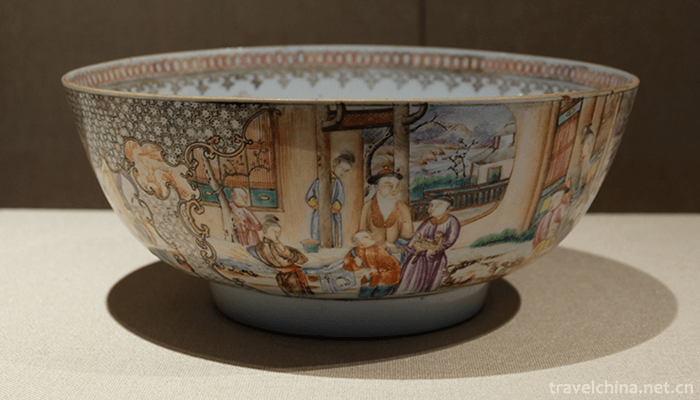

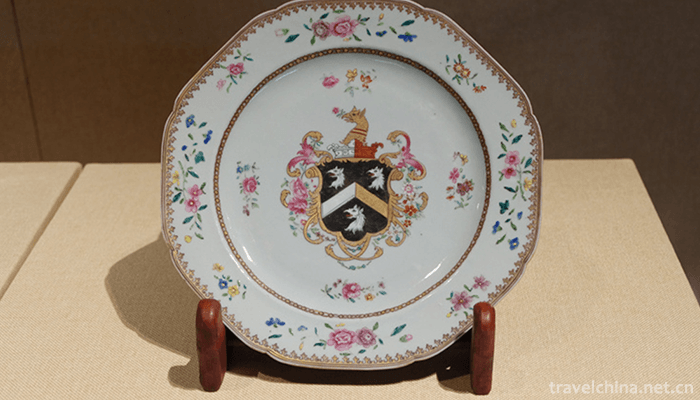
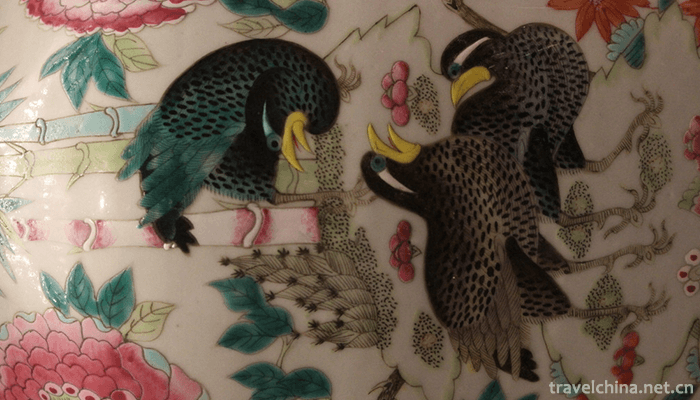
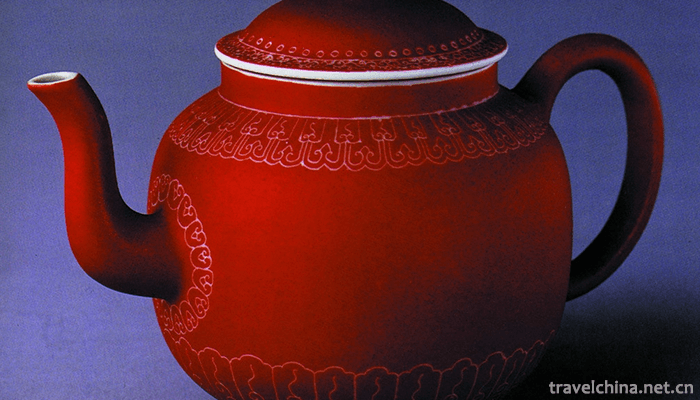
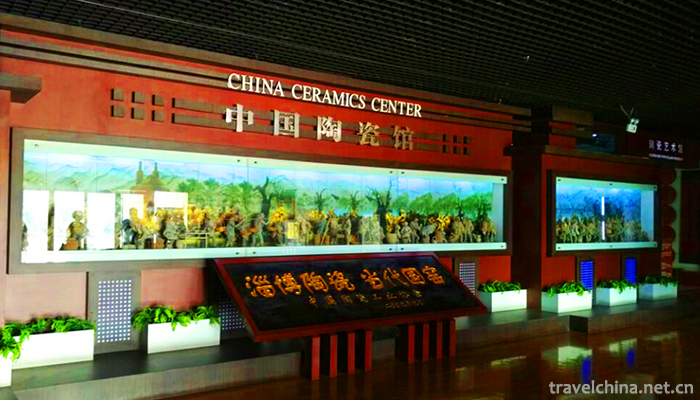
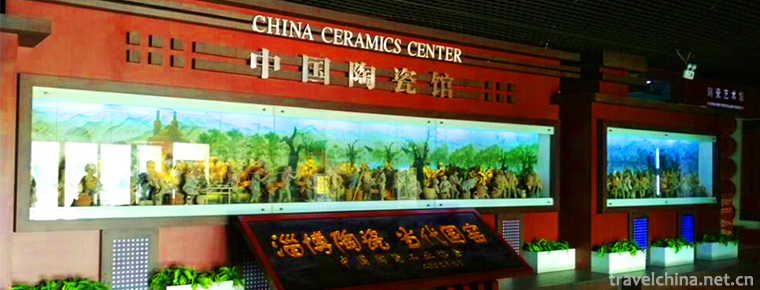
-
1.Great mercy Pavilion Plain noodle
Great mercy Pavilion Plain noodle, originated in Zhaitang of Daci Pavilion Chan Yuan in Baoding City, Hebei Province, has a history of 800 years.
Time 2018-11-27 -
2.Jiang Lang Shan
Jianglangshan, formerly known as Yulangshan and Jinchunshan, is located in Shimen Town, Jiangshan City, Quzhou City, Zhejiang Province
Time 2018-12-07 -
3.Baiyunshan National Forest Park Luoyang
Baiyunshan National Forest Park is located in the primitive forest area of Funiu Mountain in the southwest of Songxian County, Luoyang City, Henan Province, with a total area of 168 square kilometers
Time 2019-02-06 -
4.Zigong Dinosaur Museum
Zigong Dinosaur Museum is located in the northeast of Zigong City, Sichuan Province, 11 kilometers from the city center. It is a large site museum built on the world famous "Dashanpu Dinosaur Fos
Time 2019-03-22 -
5.Babao raw shell fresh shellfish
Babao raw shell fresh shellfish is a traditional famous dish in Shandong Province, which belongs to Shandong cuisine. It is made of fresh shellfish, pure winter bamboo shoots, watery mushroom, shrimp,
Time 2019-03-27 -
6.Buzkashi
One of the folk sports events in Xinjiang, China. Although there is no written record of sheep on foot, it has been examined in some areas of northern Xinjiang, which has continued to this day, and is
Time 2019-04-26 -
7.Lanzhou Taiping Drum
Lanzhou Taiping Drum, a traditional dance in Lanzhou City, Gansu Province, is one of the national intangible cultural heritage.
Time 2019-05-10 -
8.Manchu Folk Stories
Liaoning is a region where Manchu people have formed, risen and grown up. It contains extensive and profound Manchu cultural relics and connotations. Manchu folktales originated from the Manchu people
Time 2019-05-18 -
9.Sigangli
Lincang City is located in the southwest of Yunnan Province, which is adjacent to the west, southwest of Yunnan and Myanmar. It has jurisdiction over one district, four counties and three autonomous c
Time 2019-06-16 -
10.Deep Drilling and Drawing Techniques of Salt in Zigong Well
Zigong well salt deep drilling technology, the local traditional technology of Zigong City, Daying County, Sichuan Province, one of the national intangible cultural heritage.
Time 2019-08-16 -
11.Cao Xueqin
Cao Xueqin (about May 28, 1715 - February 12, 1763) Name Stained with Word Dream Ruan No. Xue Qin No. 2, Qin Xi and celery, Chinese classic. The Dream of Red Mansion The author of the book is controve
Time 2019-09-07 -
12.Da Zang Temple
Located in the north of malkang County, dazang temple is about 500 kilometers away from Chengdu City and is located in the deep mountains above 3000 meters above sea level.
Time 2020-11-07